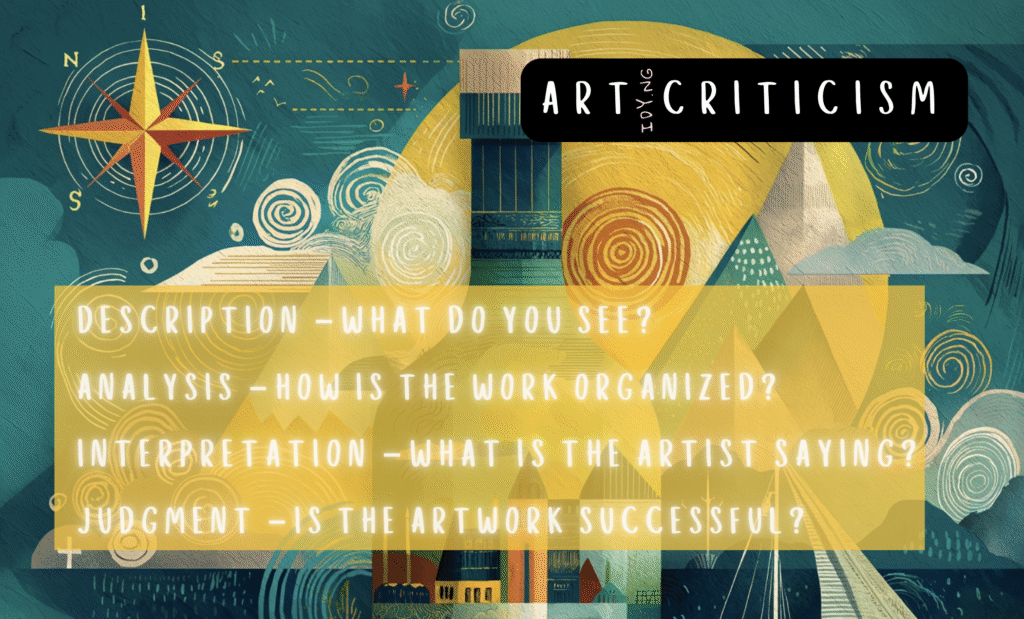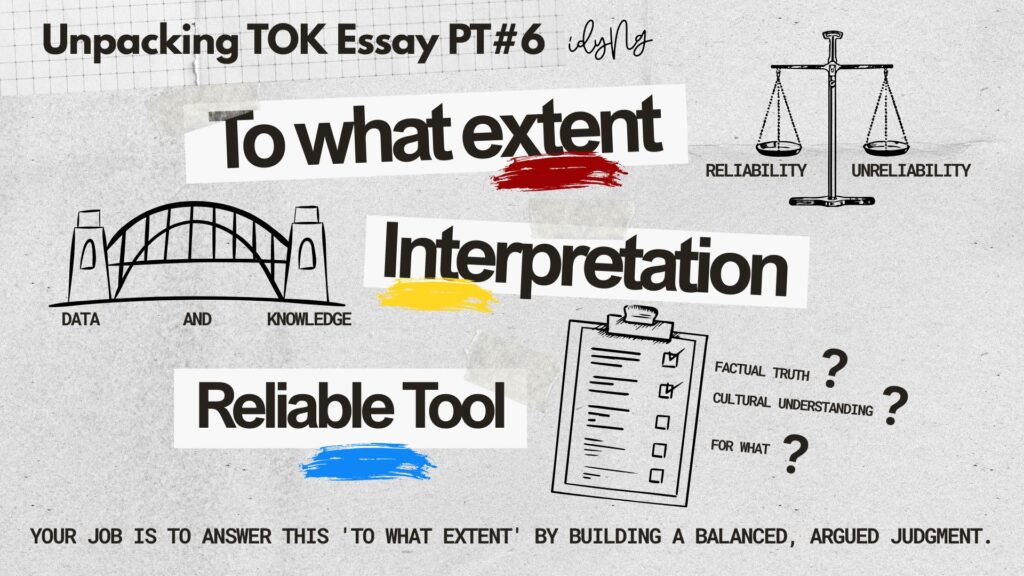How to Write Art Criticism: Analyzing Freeman Lau’s “I Am Hong Kong” Poster
Art criticism is a valuable skill that allows us to engage with and understand visual works on a deeper level. Today, we’ll explore how to write an effective art criticism using the poster design “I Am Hong Kong” by Freeman Lau, created in 1985 for the Chung Ying Theatre Company. This guide will help you analyze and articulate your thoughts about this impactful piece.

Title: I Am Hong Kong Designer: Freeman Lau (劉小康) Dimensions: 57.5 × 40.9 cm Year of Creation: 1985
Step 1: Description – What Do You See?
Begin by closely observing the artwork. Describe its visual elements without making judgments or interpretations.
Example:
The poster “I Am Hong Kong” features a striking image of a seated figure, depicted in a stylized, graphic manner. The background is divided into two contrasting colors: a vibrant red and a cool blue. The text “I AM HONG KONG” is prominently displayed at the top, accompanied by Chinese characters. The overall composition is bold and eye-catching, with a focus on the figure, who sits confidently in a chair, embodying the essence of Hong Kong identity.
Tip: Focus on specific elements such as colors, shapes, and text. This provides a solid foundation for your analysis.
Step 2: Analysis – How Is the Work Organized?
Next, analyze how the artist organizes the elements of the poster. Look for techniques, composition, and how everything fits together.
Example:
Freeman Lau employs a balanced composition, with the central figure drawing immediate attention. The use of offset lithography allows for sharp contrasts in color and texture, enhancing the visual impact. The division of the background colors creates a dynamic tension, while the halftone patterns add depth and interest. The typography is bold and straightforward, reinforcing the message of identity and belonging.
Tip: Discuss the artist’s use of lines, shapes, colors, and techniques. This reveals the craftsmanship behind the design.
Step 3: Interpretation – What Is the Artist Saying?
Now, delve into the meaning behind the artwork. What themes or emotions does it evoke?
Example:
The poster “I Am Hong Kong” speaks to the complexities of identity in a rapidly changing society. The seated figure represents the people of Hong Kong, asserting their presence and individuality. The contrasting colors may symbolize the duality of tradition and modernity within the city. Lau’s design invites viewers to reflect on their own connection to Hong Kong, evoking a sense of pride and belonging amid societal changes.
Tip: Consider the cultural context and the artist’s background. This adds depth to your interpretation.
Step 4: Judgment – Is the Artwork Successful?
Finally, evaluate the artwork. Does it achieve its intended impact? Why or why not?
Example:
This poster is highly successful in conveying a strong message of identity and pride. The bold colors and graphic style create an immediate visual impact, capturing the viewer’s attention. Lau’s design effectively communicates the essence of Hong Kong’s cultural landscape, making it memorable and relatable. Overall, “I Am Hong Kong” stands as a powerful representation of the city and its people, resonating with locals and visitors alike.
Tip: Use clear criteria for your judgment, such as emotional impact or design effectiveness. This helps clarify your perspective.
What Ms Ng thinks:
Writing art criticism involves engaging with the artwork on multiple levels. By following these steps, you can craft insightful critiques that illuminate the essence of any piece. Freeman Lau’s “I Am Hong Kong” serves as a powerful example of how design can reflect cultural identity and evoke deep emotions. So, as you explore the world of art, remember to look beyond the surface and discover the stories waiting to be told!






